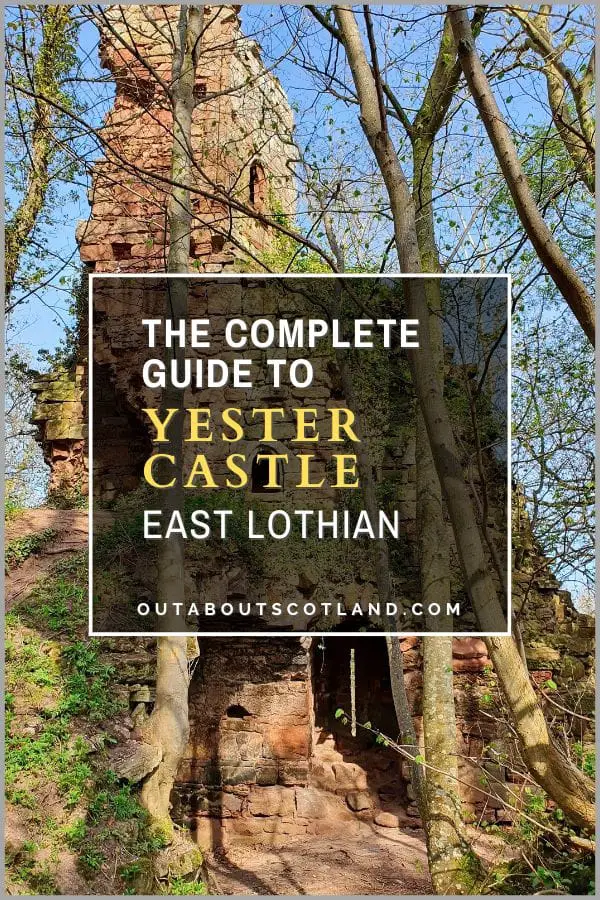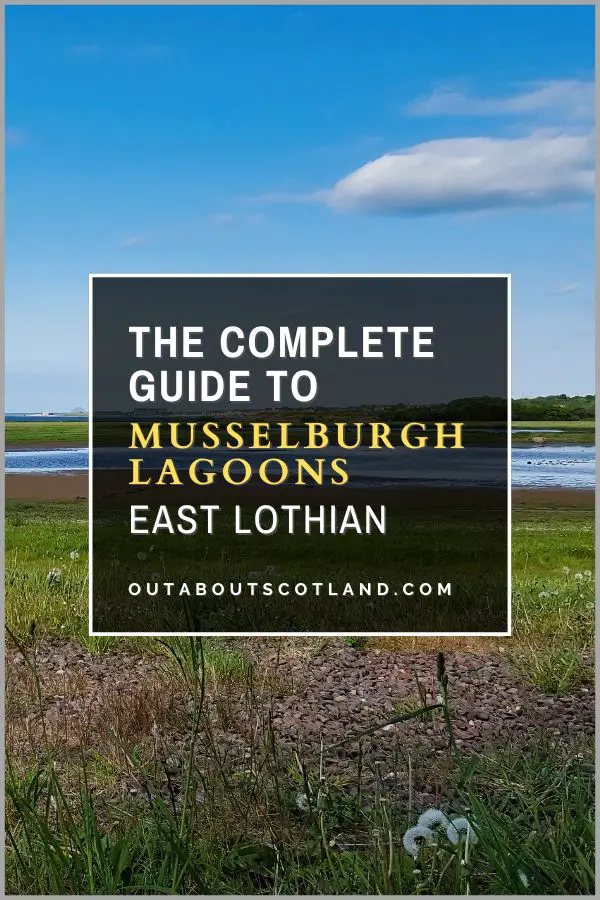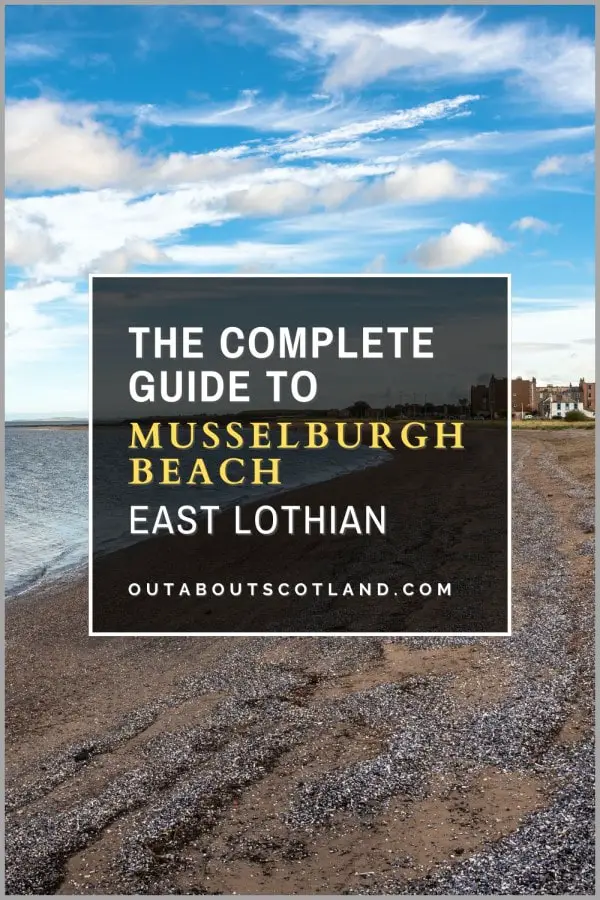Preston Mill is located next to the River Tyne in picturesque farming country in the heart of East Lothian. The National Trust for Scotland is in charge of managing the mill, which dates to the 18th century and was in use commercially until the 1950s. Discover this unique historic building with this guide, which includes an overview and useful tourist information.
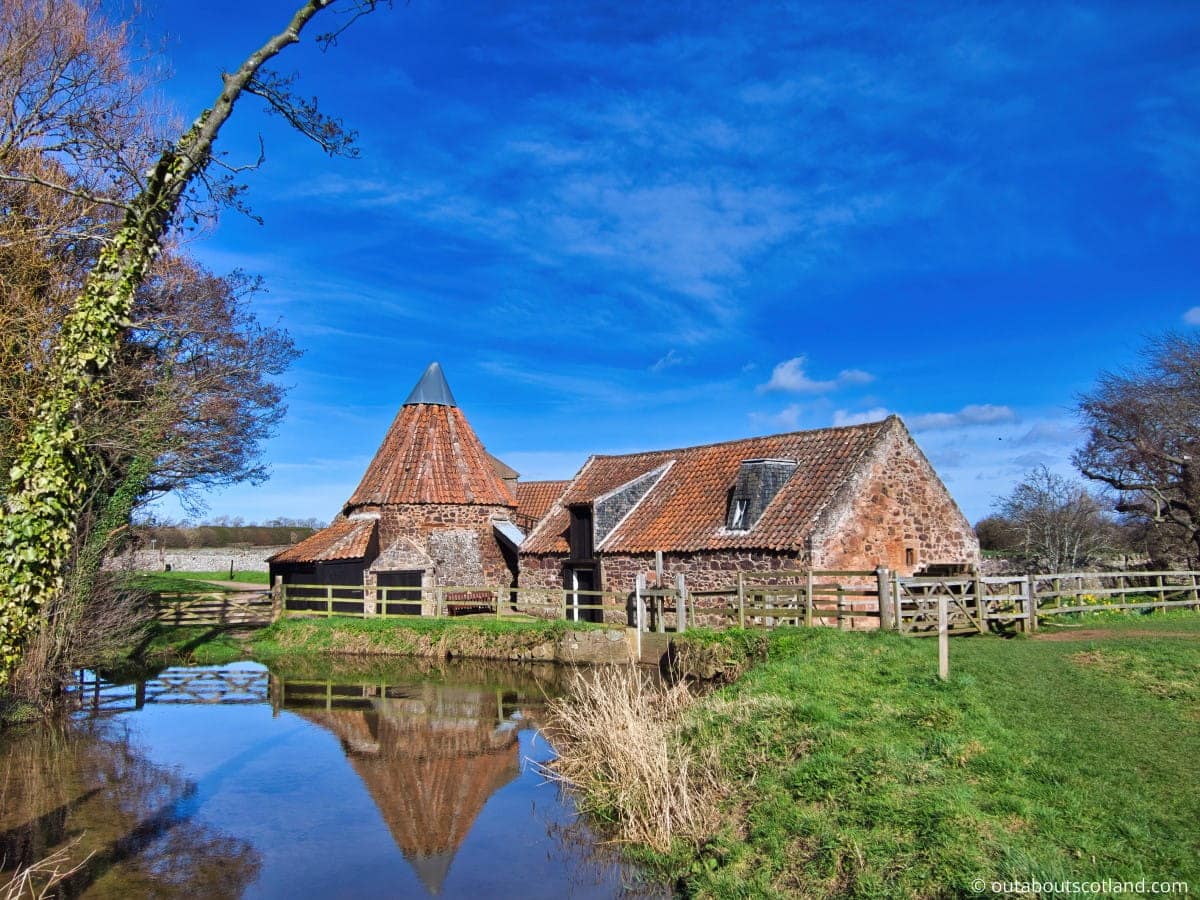
| Address: | Preston Road, East Linton, East Lothian, EH40 3DS |
| Opening Hours: | 1 Jan–31 Mar, closed. 1 Apr–31 Oct, Thurs–Mon, 10.30–17.00. 1 Nov–31 Dec, closed. |
| Admission Price: | Adult - £7.00 Concession - £5.00 Family - £17.00 One adult family - £12.00 |
| Parking: | On-site car park. Parking is free for members of the National Trust for Scotland. Parking is available 20 metres from the mill. |
| Contact: | 01620 860426 |
| Facilities: | Accessible parking, accessible toilet, baby changing, bike route, dogs welcome, guided tour, hearing loop. |
| Photos: | Virtual Tour YouTube Video |
Overview
East Lothian is one of those underrated counties that tourists seem to bypass, even though there are more attractions and interesting places to visit than you could comfortably poke a selfie stick at. From the National Museum of Flight to the Scottish Seabird Centre, East Lothian packs a punch when it comes to visitor attractions (in fact, it’s so good I wrote a detailed Guide to the Best Places to Visit in East Lothian).
One hidden gem in the heart of the county can be found in the pretty village of East Linton, close to the winding River Tyne. There, surrounded by fields and woodland lies Preston Mill, an 18th-century grain mill that’s in remarkably good condition given its age.
The mill was originally built to grind oats and barley for the local community, and it continued to operate as a working mill until the early 20th century. It was then used as a storage facility for a number of years before being restored and opened to the public as a museum.
Unlike many industrial buildings from the time, Preston Mill continued its commercial use until the late 1950s, and thanks to continued maintenance, it looks much the same as it did when it was originally built. The mill’s machinery, including the millstones, are still in place and run on water from the River Tyne that flows through the mill lade (a channel that transports water to the mill).

The defining feature, though, has to be the unusual conical tiled roof, which is quite unlike any other in Scotland. Thanks to centuries of gradual subsidence, it’s now slightly tilted and looks rather out of place next to the square lines of the other buildings, which is one reason why Preston Mill is such a popular spot for landscape artists and photographers.
The mill is managed by the National Trust for Scotland which opens it in the summer months for guided tours, which are the only way to see the interior of the buildings, but you can explore the outside of it year-round at no cost.
The tour has a small admission fee, which is well worth the price as you’ll learn how the grain mill operated, who the people who worked in it were, and how integral it was to the local community. It’s not exactly the biggest attraction in NTS’s book, and it won’t take long to walk around—no more than half an hour if you don’t join the tour—but it’s a genuinely interesting historic building that’s located in an idyllic setting.
As interesting as the mill is, to my mind, the best part of a visit is exploring the countryside in the immediate area, and if you head across the bridge at the rear of the mill, you’ll find yourself on part of the 134-mile John Muir Way that crosses the country from east to west.
This section at East Linton is very scenic,with mile after mile of peaceful surroundings and you’ll encounter several points of interest, including the Phantassie Doocot which is one of the largest pigeon coops in Scotland.
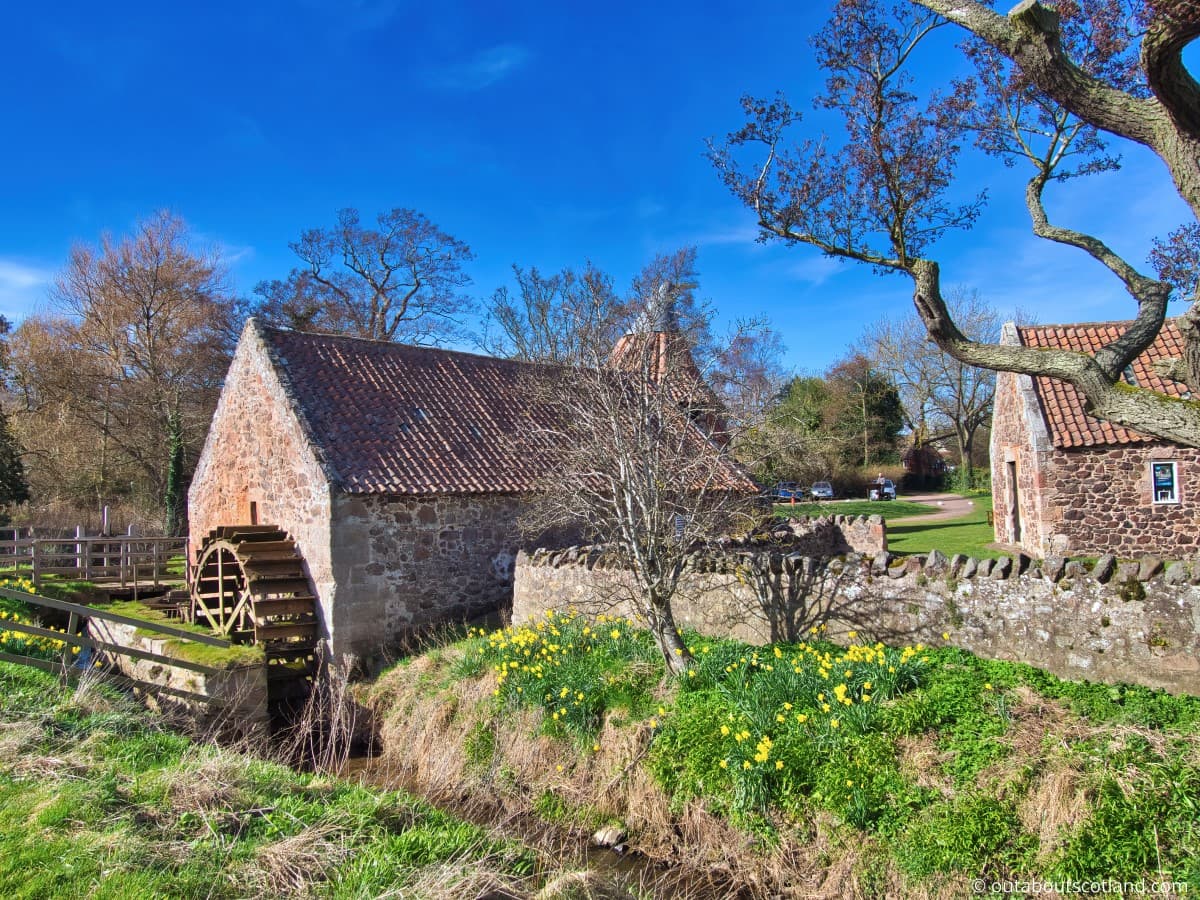
Book Tours in Scotland
The Highlights
1: What a hidden gem in the middle of nowhere! Admittedly, you’re not going to spend long at Preston Mill and Phantassie Doocot, but coupled with a walk through the beautiful surrounding countryside, you have the potential for a very nice, relaxed day out.
2: Preston Mill is a fine example of a grain mill and it’s one of the prettiest historic buildings in the Lothians. The Phantassie Doocot is a nice addition to a visit, especially as the path to it meanders through pleasant open countryside.
3: There’s a lot of wildlife to keep an eye open for on the River Tyne and the fields that surround Preston Mill. Kingfishers, hares, otters, herons, and buzzards can often be seen throughout the day.
Visiting Tips
1: There’s a car park at Preston Mill but it’s difficult to find. Your best option for parking is to leave your car on the side of Preston Road near Prestonkirk church and walk the footpath to the mill.
2: The footpath that leads to the Phantassie Doocot is actually part of the 134-mile John Muir Way which continues to its final destination at Dunbar. The trail visits some of the most scenic parts of the Lowlands, and the section at Preston Mill is no exception. Visit the John Muir Way website for more information.
3: Please be aware the inside of the mill is open to the public via guided tours only which have an admittance cost. The mill is also closed in the winter (November to April).

Protect Your Family From Scotland's Biting Midges
- Powerful, reliable protection for up to 8 hours
- Water- and sweat resistant
- Repels midges, mosquitoes, horse flies, sand flies, fleas and ticks
- Safe for use on adults, children over 30 months and pregnant women
- Non-sticky, moisturising with a pleasant fragrance
- Packaging may vary
Tourist Information
Getting to Preston Mill is easy enough, as you’ll find it signposted on the A199 heading towards East Linton, which is around a 20-minute drive from the eastern edge of Edinburgh.
My advice when you arrive is to park on the roadside near Prestonkirk Church, where you’ll be able to pick up the footpath that joins the John Muir Way. The mill isn’t far past this point (a 5-minute walk), and you’ll immediately see the River Tyne, which was its main power source for over two hundred years.
There’s a gated entrance next to the mill pond where you can enter the site, with the main entrance situated halfway along the largest building. As previously mentioned, the mill is closed during the winter, so you won’t be able to look inside it, but you can still wander around the outside to view the buildings and the waterwheel that’s powered by the rushing waters of the Tyne.
You may have already seen the waterwheel if you watch the TV series Outlander as it was used in a scene where Jamie Fraser hid from Redcoats. That’ll make no sense to anyone who’s not a fan of the show, but as it’s starting to gain a cult following, more and more people are visiting Preston Mill just to look at the wheel.
Unfortunately, most of the time the wheel is locked in position but during a tour it’s released so you can see the mill mechanism in action – see the NTS website for details on tickets.
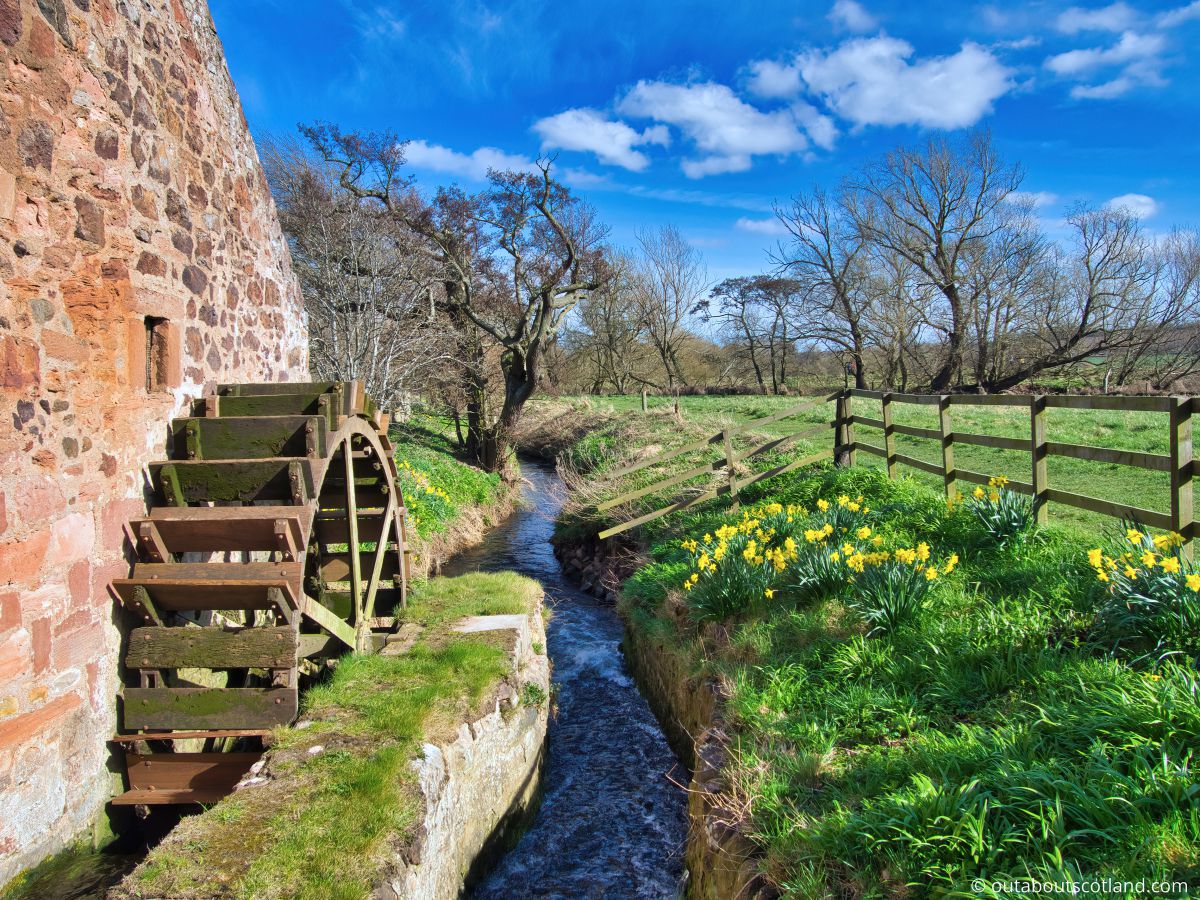
If the mill is closed, then, to be honest, there’s not much else to see, so at this point, I suggest setting off across the bridge to take a look at Phantassie Doocot. A doocot, if you weren’t already aware, is a stone coop that was used to house pigeons back in the day when pigeon meat was an important part of people’s diet, and the Phantassie Doocot is one of the largest remaining examples still standing in Scotland.
It was built in the 16th century to keep over 500 pigeons at a time and it’s located in the middle of scenic countryside that stretches for miles in all directions. There’s a sign next to the bridge thatpoints in the direction of the doocot, and it’s certainly worth taking the 10-minute walk to look at it, although it’s kept closed, so you can’t do much more than snap a few photos.
That being said, the footpath that runs alongside the doocot is part of the John Muir Way so if you want a good walk through the countryside you won’t go far wrong by following the trail as it winds its way along the edges of farmland and the River Tyne till it eventually reaches its final destination at Dunbar.
If the weather isn’t looking too good, there are a couple of other attractions in the immediate area, which are detailed below, but the highlights have to be Hailes Castle and the National Museum of Flight. You can also drive to Dunbar (an 11-minute drive), which has a historic high street, a couple of nearby beaches, and a nature reserve.
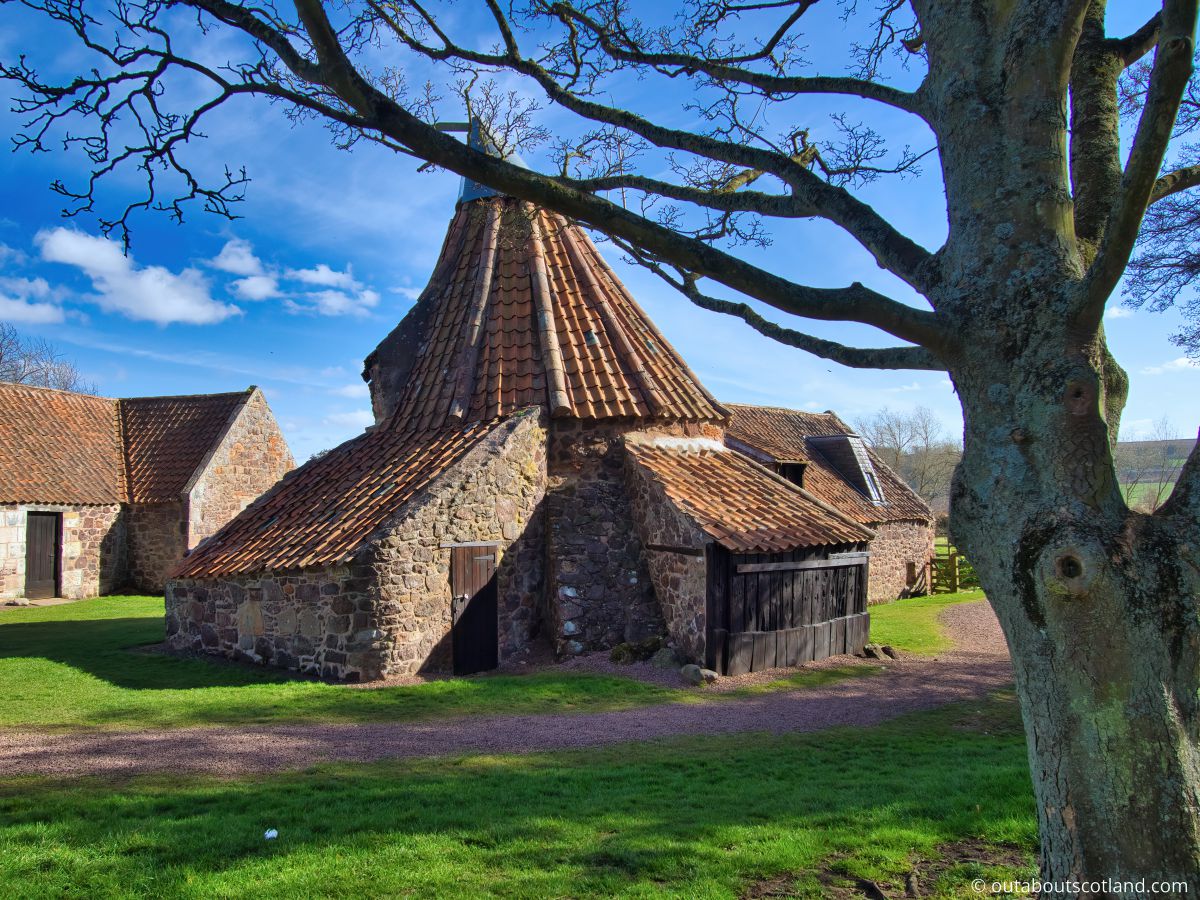
Things to Do
Explore Preston Mill: Discover this quirky, 18th-century water mill that’s preserved in time. It’s incredibly picturesque and you can learn about its history by taking a paid guided tour. If you’d rather just see the exterior, visitors can do so at no cost.
Visit the Phantassie Doocot: Just a short walk from the mill across rolling fields, you’ll find the Phantassie Doocot, a circular 16th-century pigeon house that’s one of the largest in Scotland. Though the interior is locked, visitors are free to look around the outside.
Walking along the River Tyne: Enjoy the tranquil beauty of the surrounding East Lothian countryside. Pack a picnic, take a leisurely stroll along the river, and soak up the beautiful views and fresh air.
Visit East Linton: A charming village near Preston Mill with traditional shops and several paths that offer walks into the surrounding countryside. East Linton is close to two popular attractions – the National Museum of Flight and Hailes Castle.
Discover History: The surrounding area has a number of similar buildings, the closest of which is a pigeon coop closely related to the Phantassie Doocot. To get there, drive out of East Linton on the B1377 and take the last right-handd turn (postcode EH40 3AZ).
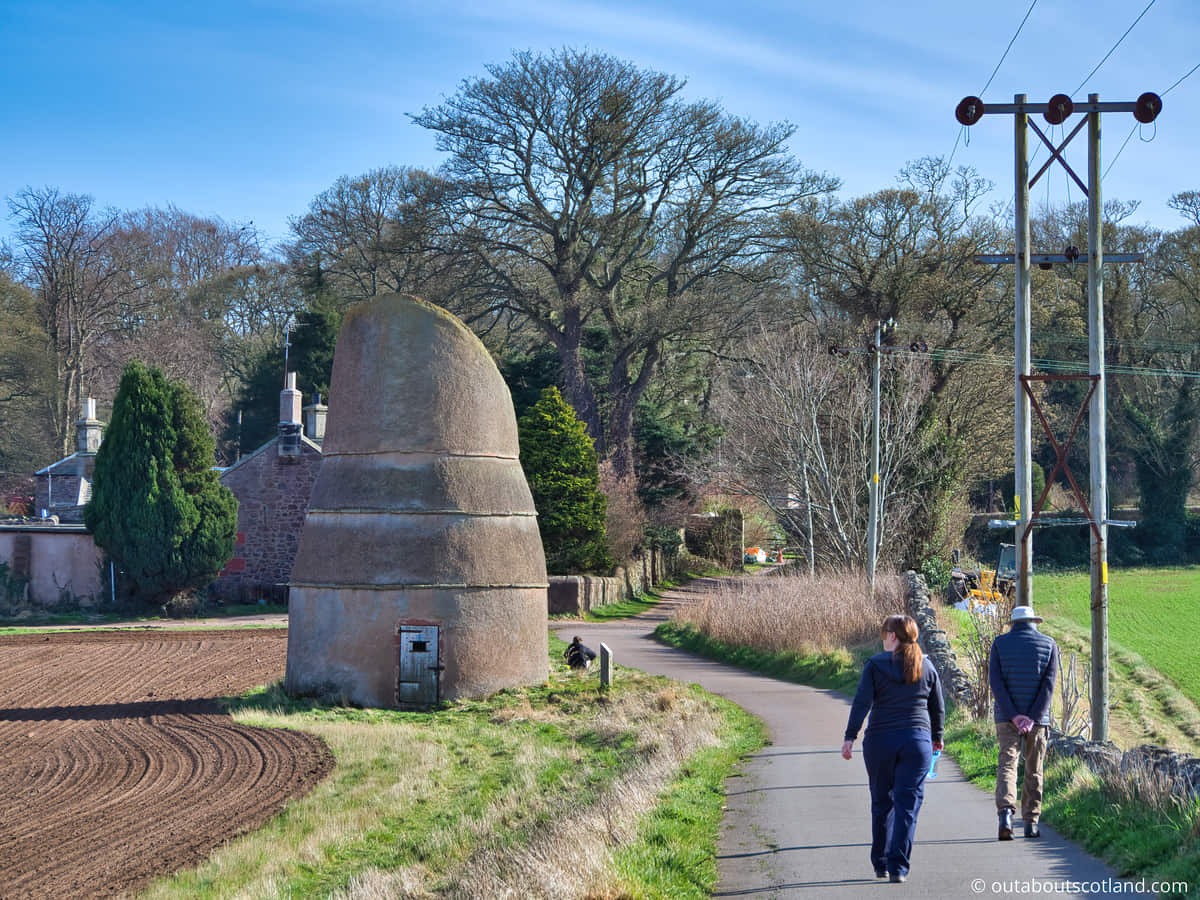
Book Tours in Scotland
Things to Do Nearby
Hailes Castle. Haddington, EH41 4PY. 9-minute drive.
Partially ruined castle that dates from the 14th century. The castle sits on the banks of the River Tyne near the village of East Linton in East Lothian. The site is unmanned and entry to the castle is free.
Athelstaneford National Flag Centre. North Berwick EH39 5BE. 11-minute drive.
Athelstaneford is a small parish village in East Lothian that legend says is the place where a Scottish King founded the Saltire national flag after seeing it pictured in a cloud formation. There is a small museum dedicated to the Saltire behind the church.
Traprain Law. Haddington EH41 4PY. 8-minute drive.
A steep hill that is a well-known landmark in the centre of East Lothian. A 1-mile path from a small car park to the summit offers panoramic views of the area. The summit is a popular picnic spot with locals.
The National Museum of Flight. East Fortune Airfield, B1347, North Berwick EH39 5LF. 11-minute drive.
Scotland’s premier museum celebrates aviation in all its forms, from planes to balloons. The museum is located in the grounds of a disused airfield and the exhibits are presented in two aircraft hangars and the surrounding grounds. There is a café and a gift shop on site.
East Links Family Park. East Links Family Park, Dunbar EH42 1XF. 9-minute drive.
A family-friendly visitor attraction that is aimed at children with a collection of animal enclosures, a petting zoo, go-karts, bouncy castle and trampolines, a large multi-activity fort and much more. There is a café and a gift shop on site.
Frequently Asked Questions
When was Preston Mill built?
The National Trust for Scotland operates Preston Mill, a museum that dates back to the 18th century. The exact date of construction is not clear, but it is thought to have been built in the late 18th century. There has been a mill on the site since at least the 16th century.
Are dogs allowed in Preston Mill?
Dogs are allowed in the grounds of Preston Mill but they must be kept on a lead.
What is East Lothian famous for?
East Lothian is famous for several things. It’s renowned for its beautiful coastline with long sandy beaches at Yellowcraig and Seacliff, and its stunning landscapes such as the Lammermuir Hills.
East Lothian is also famous for golf, with numerous world-class courses including Muirfield, which has hosted The Open Championship multiple times. There are also many historical sites in the county such as Tantallon Castle, Dirleton Castle, and the National Museum of Flight.
Who owns Phantassie Farm?
Hamilton Farmers currently own the 1,630-acre (660 ha) Phantassie and Garvald Mains Farm.
Protect Your Family From Scotland's Biting Midges
- Powerful, reliable protection for up to 8 hours
- Water- and sweat resistant
- Repels midges, mosquitoes, horse flies, sand flies, fleas and ticks
- Safe for use on adults, children over 30 months and pregnant women
- Non-sticky, moisturising with a pleasant fragrance
- Packaging may vary




